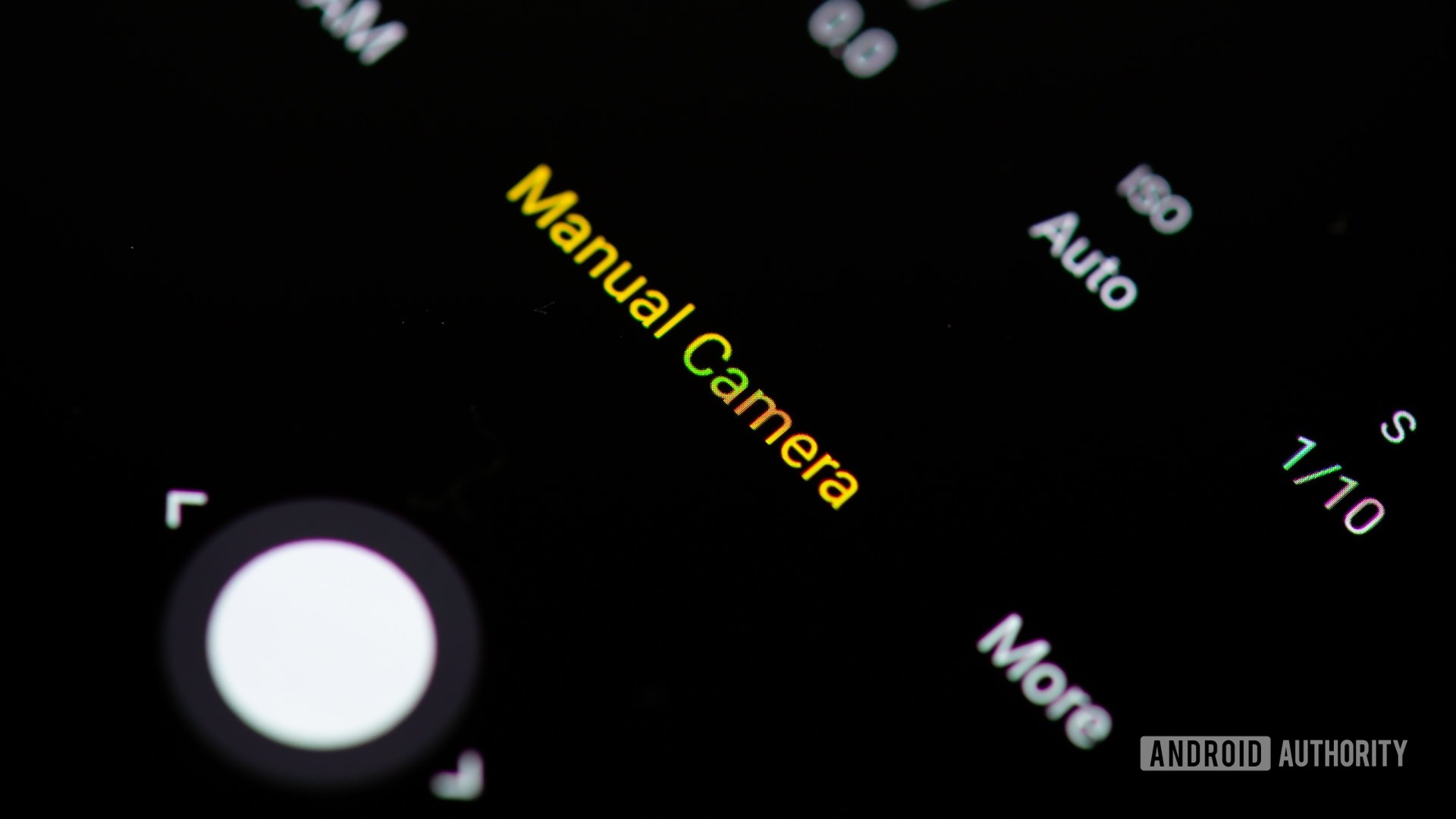What are the M, A, S, P camera modes?

Camera modes can be daunting when you don’t know what all those letters, numbers and symbols mean. These are confusing when you are new to photography, but learning them will drastically improve your photography skills and help you capture what you really want. Figuring out camera modes takes some research and practice, but it’s nothing out of this world. Don’t be scared and let us walk you through what each camera mode means.
Today we are focusing on the four main camera modes you will find in most serious cameras: M, A, S, and P.
Photography terms to understand:
What is the M camera mode?

M stands for “manual.” As its name entails, it is a camera mode in which you have complete control over every setting. In order to master this camera mode you will need a better understanding of the fundamentals of photography. Manual mode is the most complex of all camera modes, as the photographer has to balance the desired exposure using ISO, aperture, and shutter speed. Check the link below for an advanced guide on shooting in manual mode.
What is the A camera mode?

The A camera mode is known as “aperture priority.” You must first understand what aperture means, but we have a handy guide linked above. The mode’s name explains exactly what aperture priority does: it prioritizes aperture as the only setting you have to worry about.
Aperture priority is much like auto mode, but grants control over aperture and automates only shutter speed. Once your ISO is set, the camera will allow you to open or close aperture using a dial. The appropriate shutter speed will be determined by the camera’s light meter and set for you automatically.
Check the link below to learn more about aperture priority and when you should use it.
What is the S camera mode?

That S in your settings stands for “shutter priority.” Just like in aperture priority, shutter priority automates other settings while giving the user control over shutter speed.
This camera mode is good for times when you want to make sure you are using a specific shutter speed to capture a scene appropriately. A clear example is when capturing light trails. This requires a slow shutter speed, and shutter priority will help you accomplish that without worrying about ruining exposure. Likewise, sports photographers might want to use shutter priority when they want to make sure they have a shutter speed fast enough to capture moving subjects.
What is the P camera mode?

No, the P doesn’t stand for ‘professional’. It actually means “program” mode, and it can be a convenient feature if you know how to use it. What this camera mode does is give you control over both aperture and shutter speed.
Once your ISO is set, the camera will use its light metering system to figure out the appropriate exposure in your shot. You can use a dial to change your aperture and the shutter speed will adapt to keep exposure correct. Likewise, changing the shutter speed will result in the camera changing the aperture.
Program mode can be useful for times when scenes change often. Let’s say you are shooting a football game. You might want take a picture of the whole team, so opening the aperture will do the trick. The next second you might want to shoot a running player in full action, and in order to freeze the moment you need to increase the shutter speed. Program mode strikes a balance between auto and manual mode, all while giving you more freedom than aperture priority and shutter priority.
Keep in mind there are many other settings, concepts, and factors to consider in photography. Learning the camera modes is a great first step, but your photo quest has just begun. This is why we have created an extensive content portfolio for you to learn everything you need to become a great photographer.
We also have plenty of recommendations for those looking to get new camera equipment!
from Android Authority https://ift.tt/2TkjJMI




Post a Comment